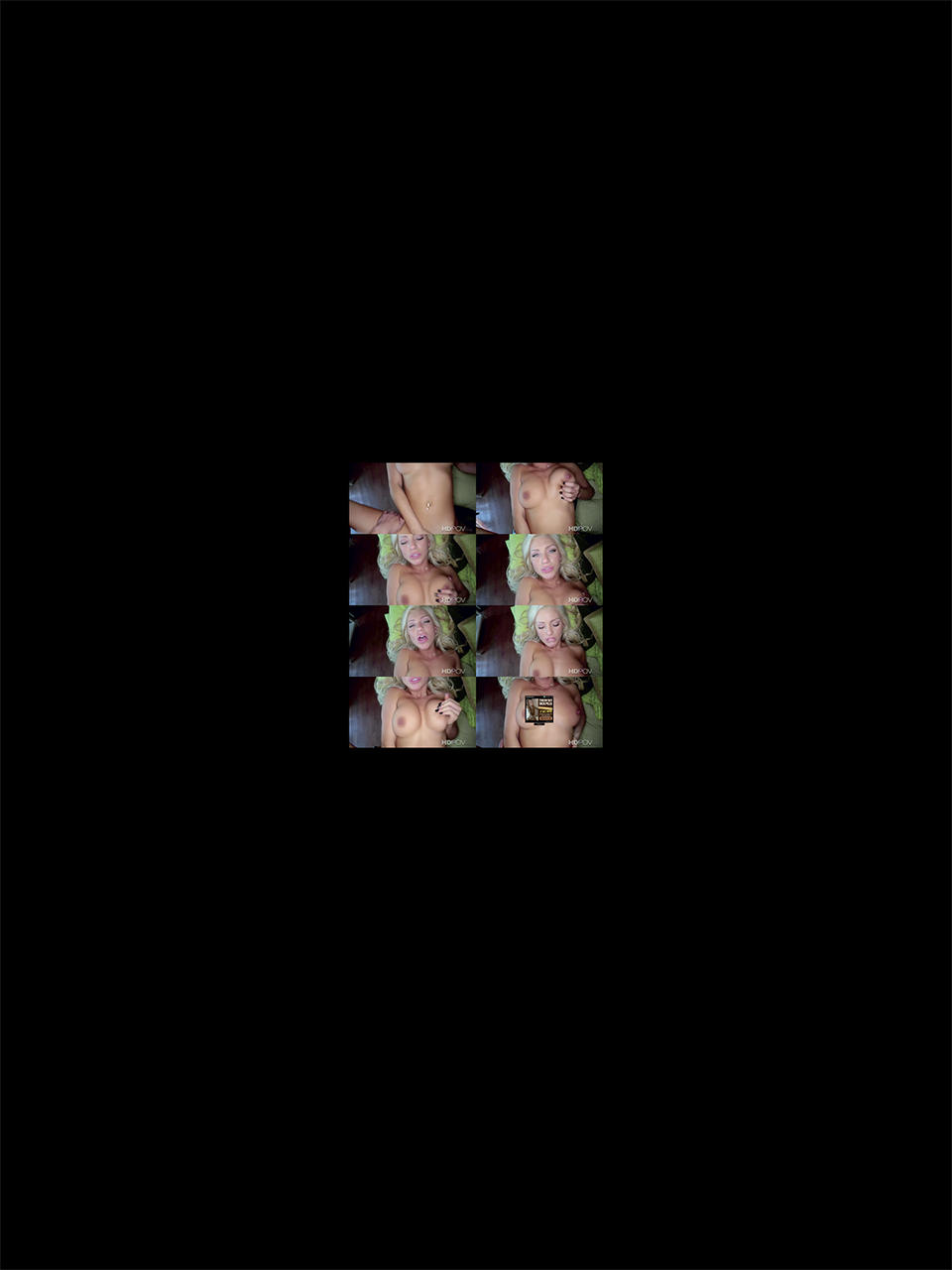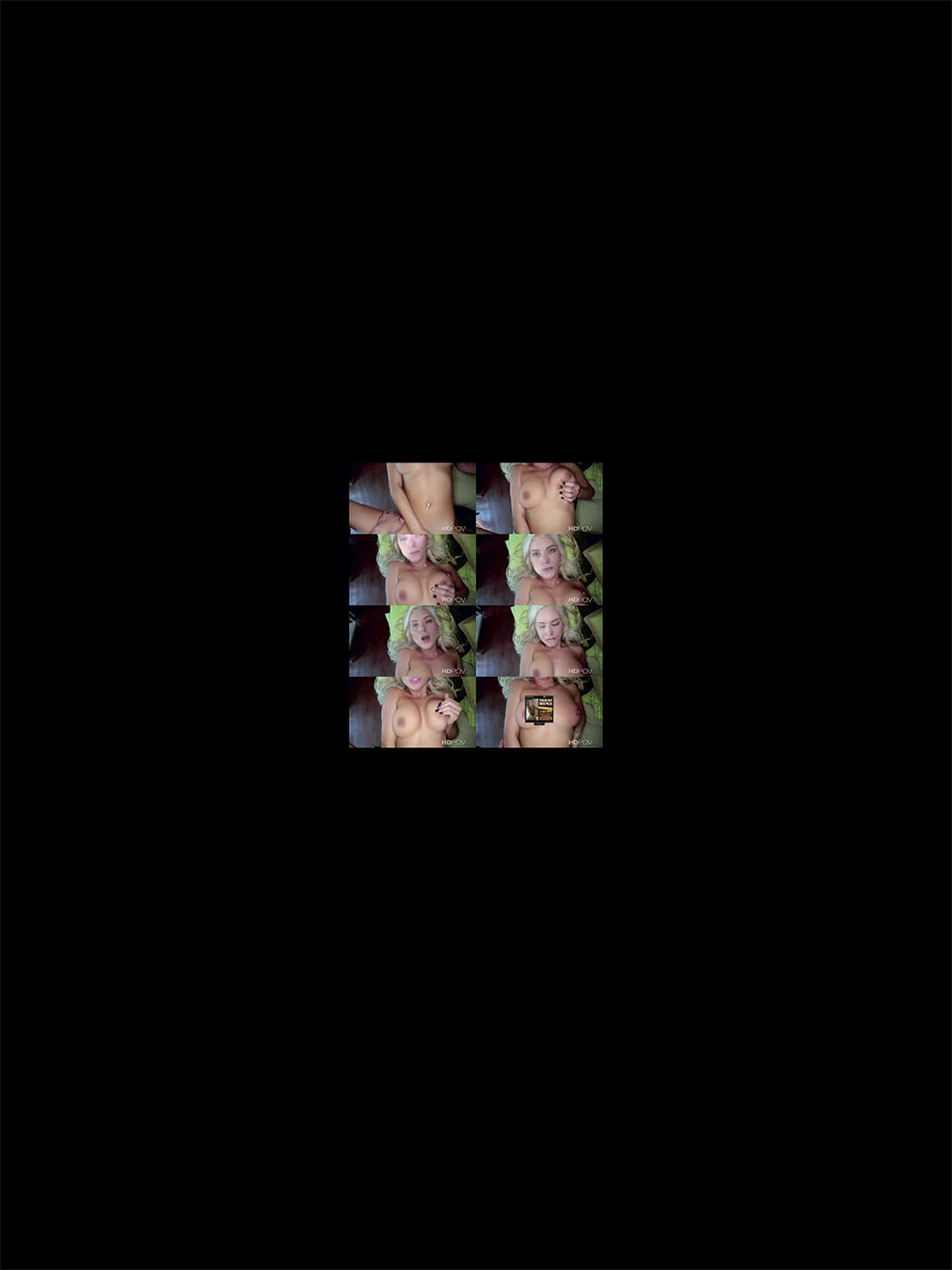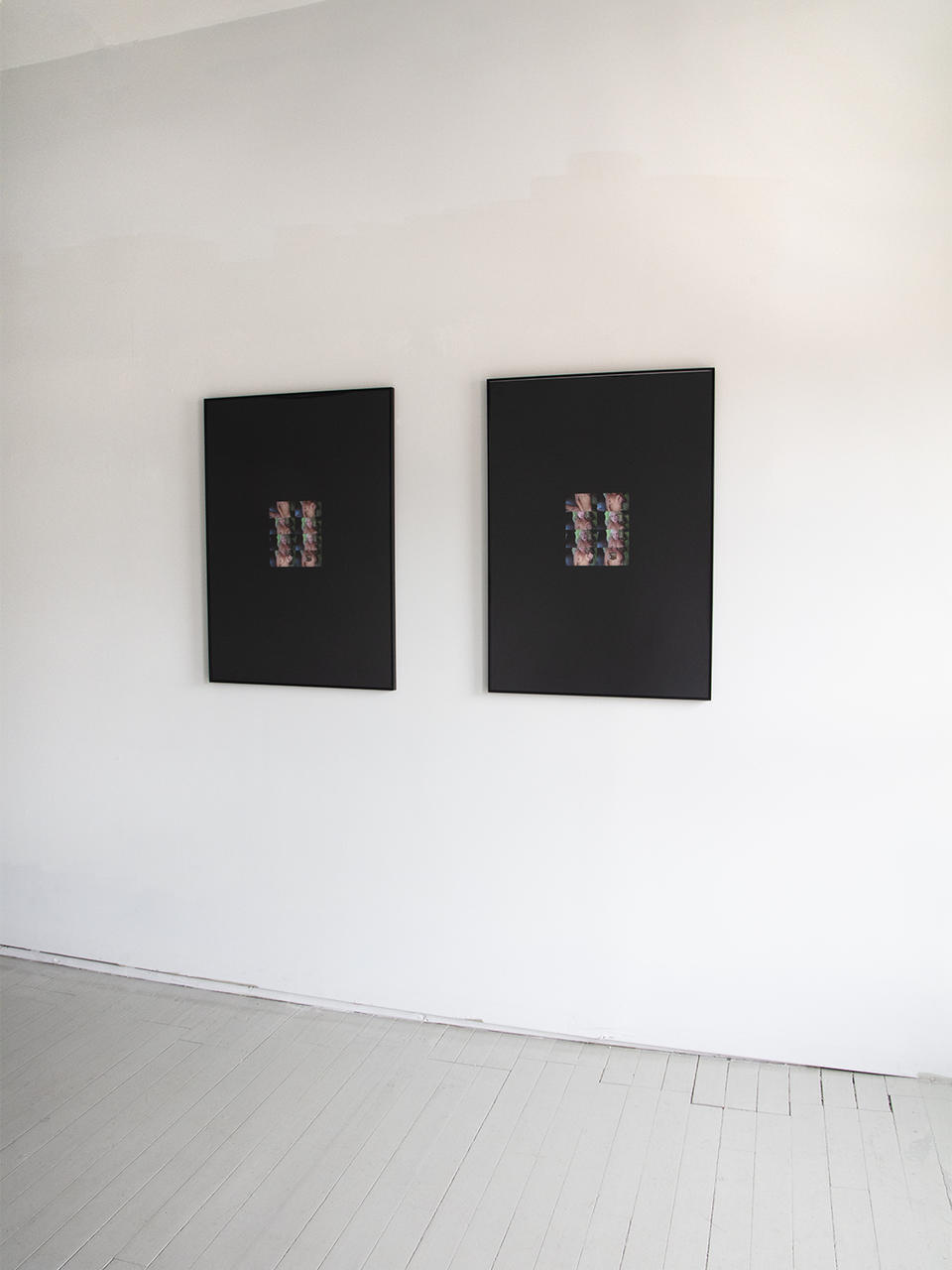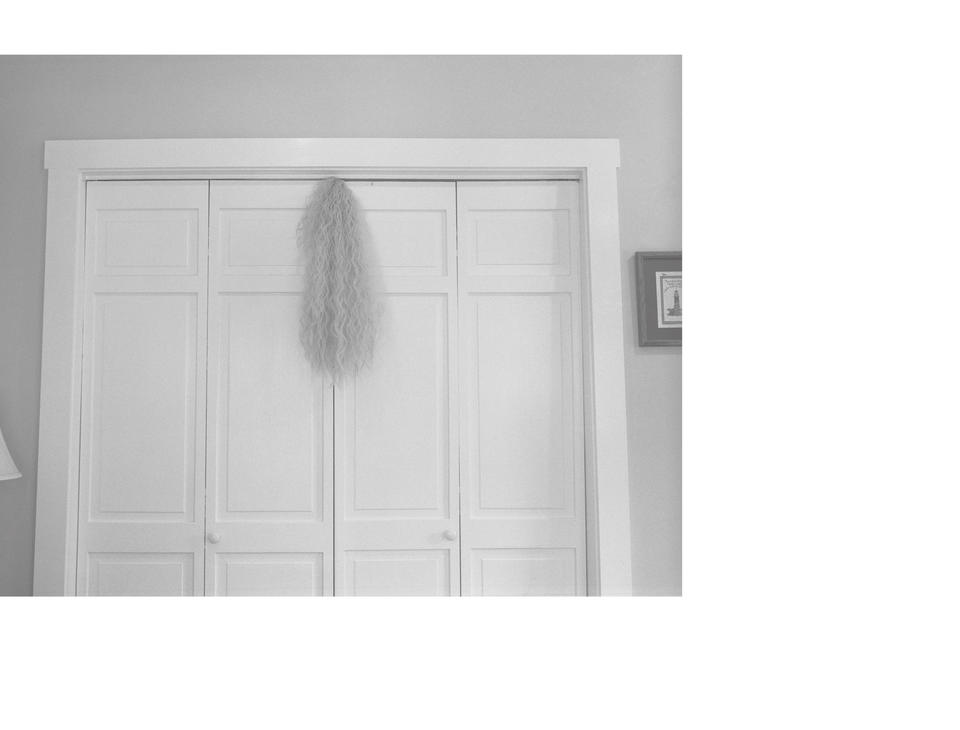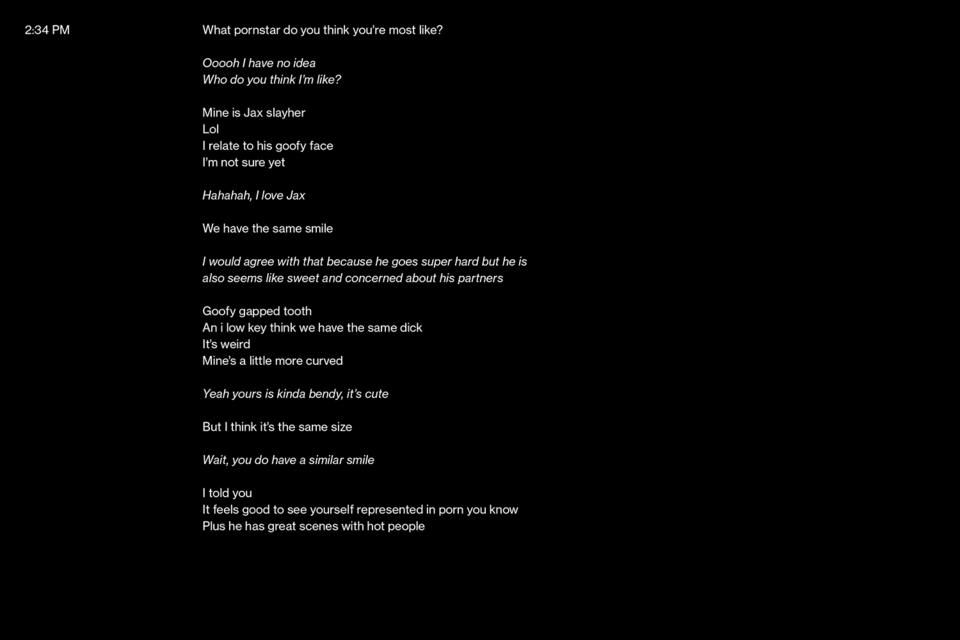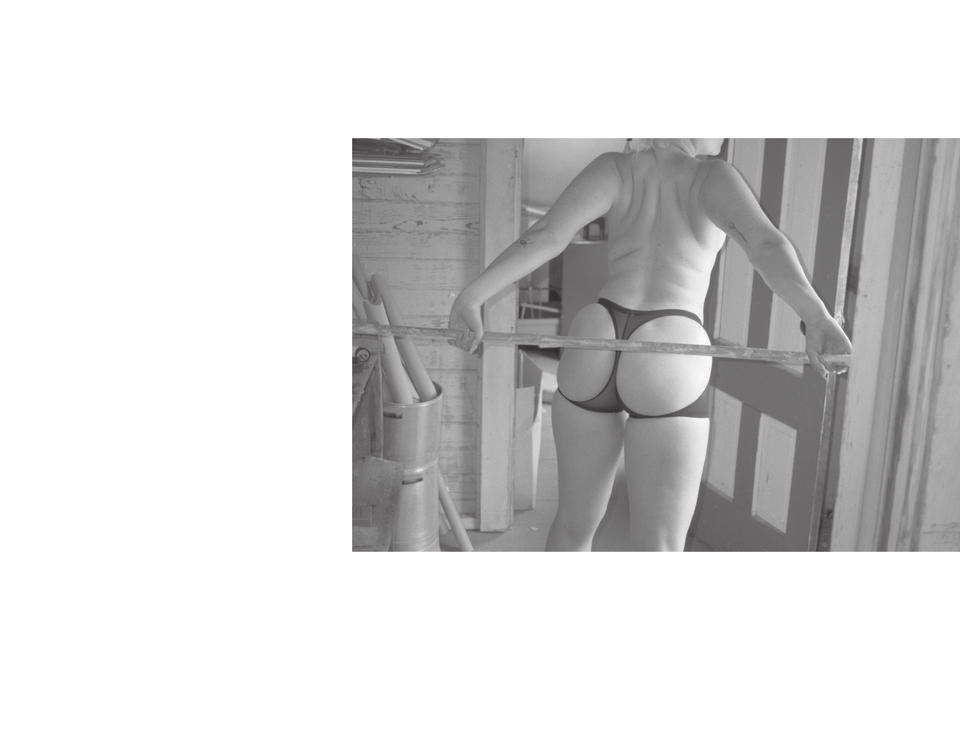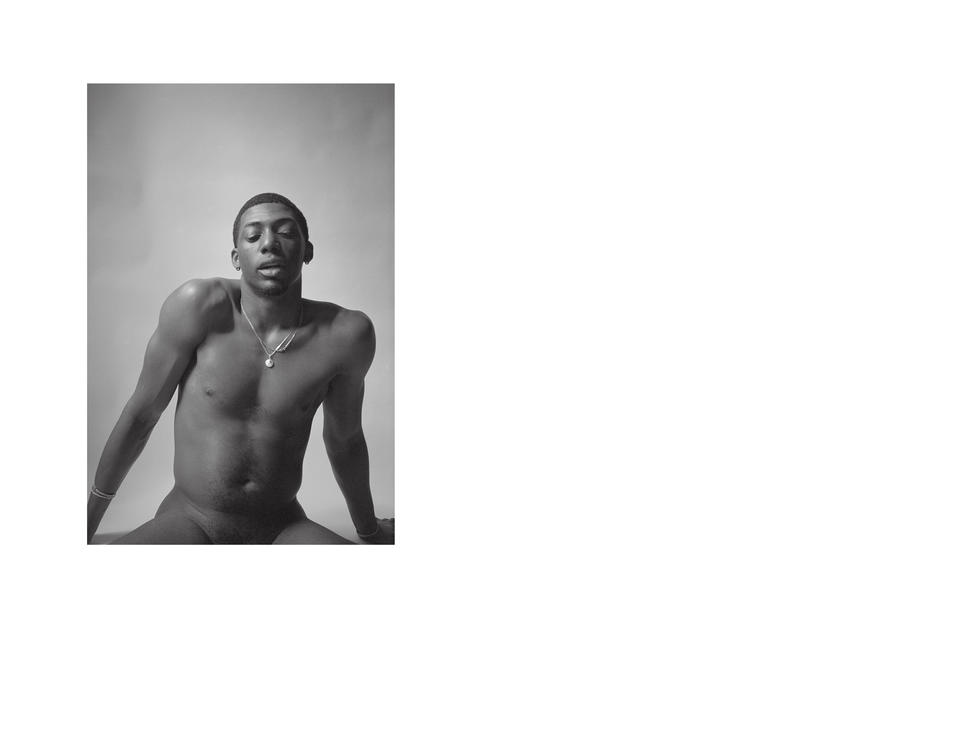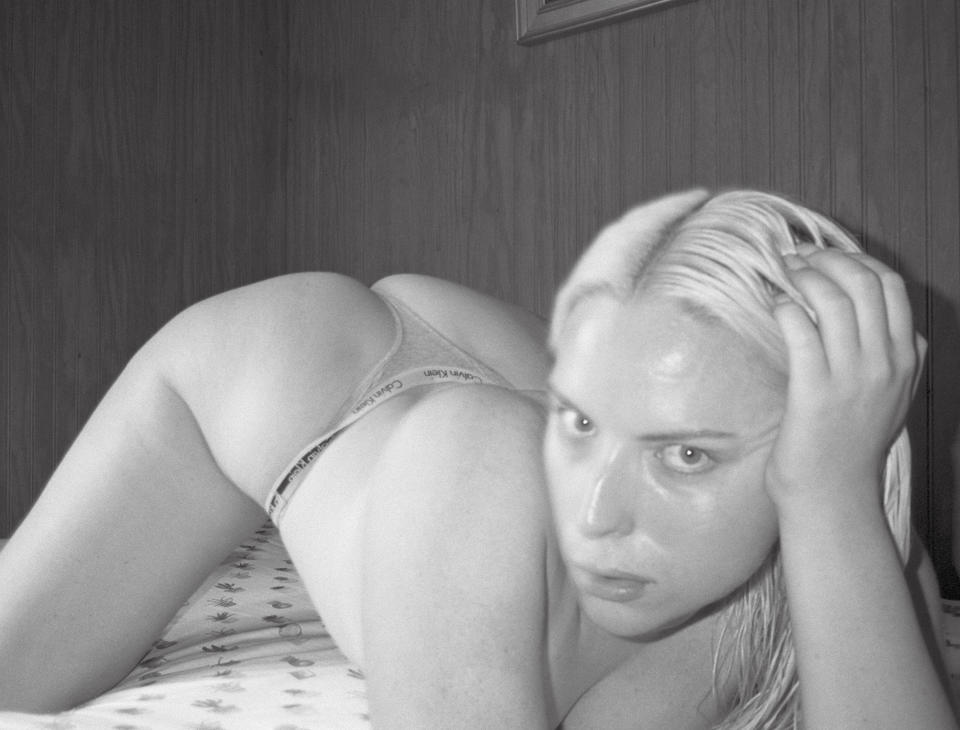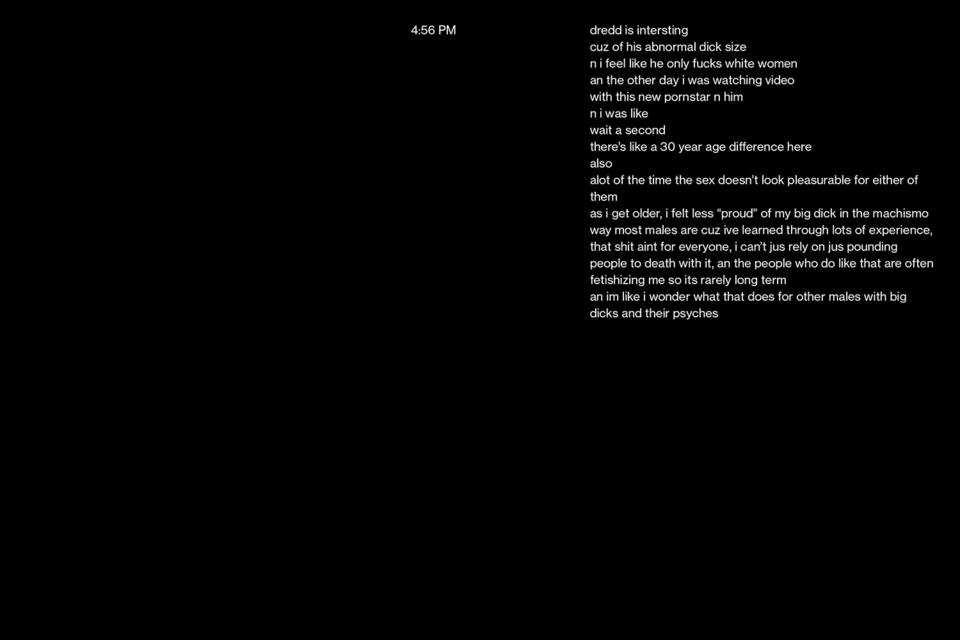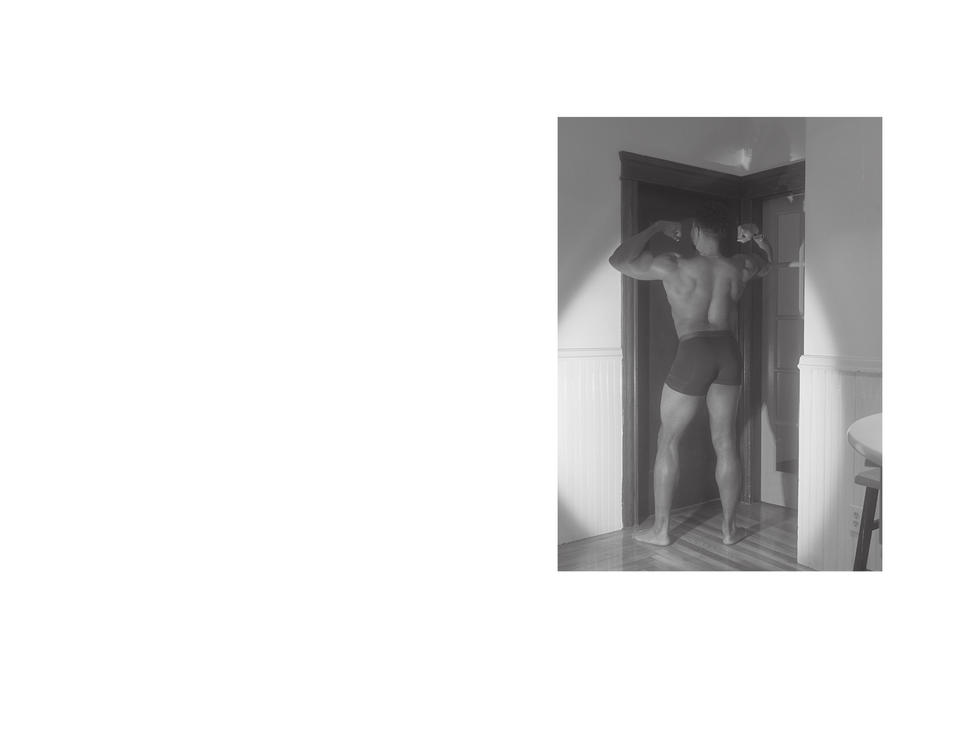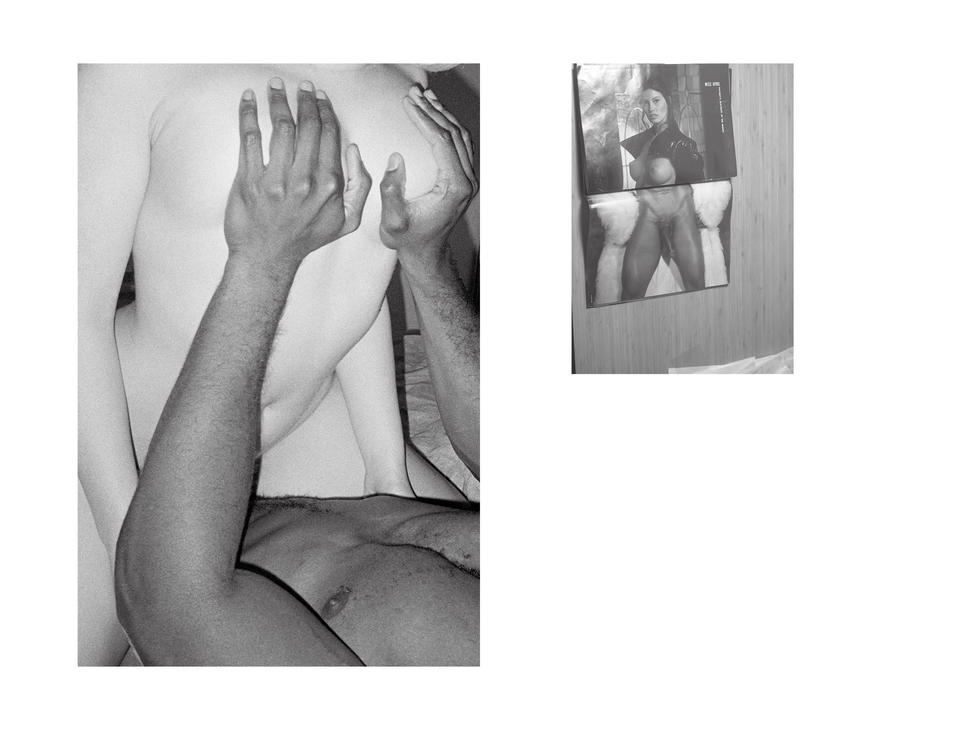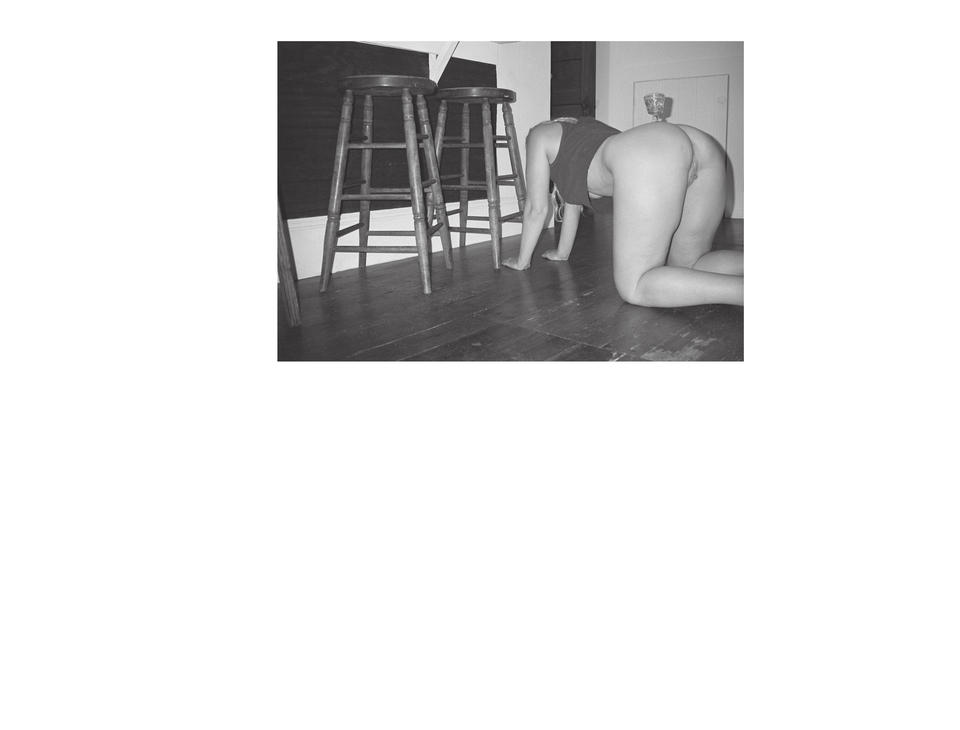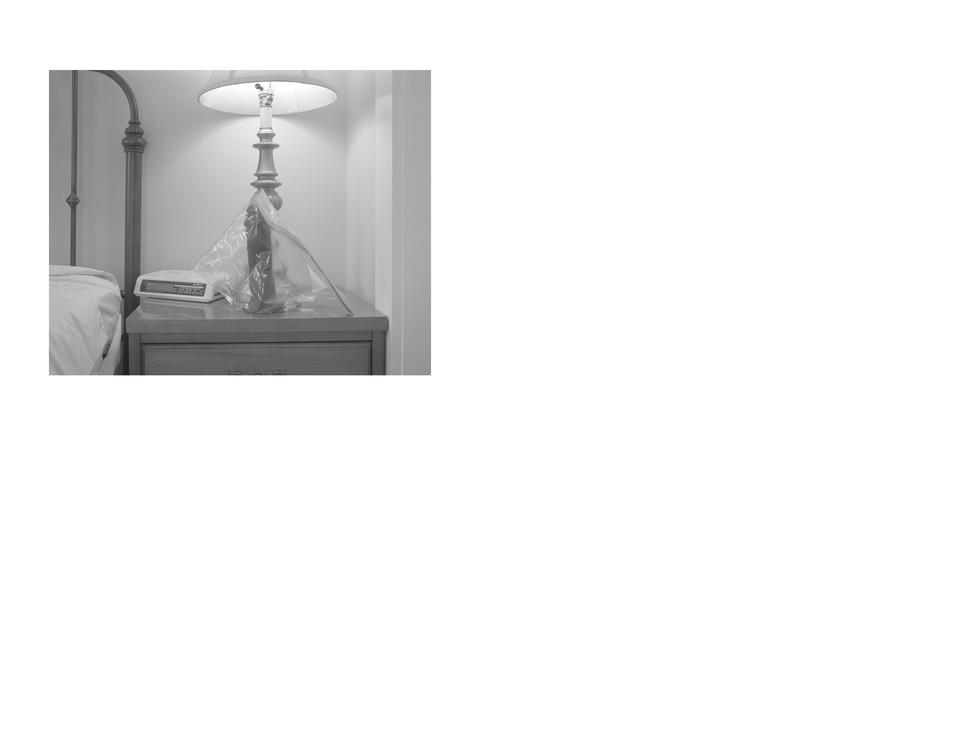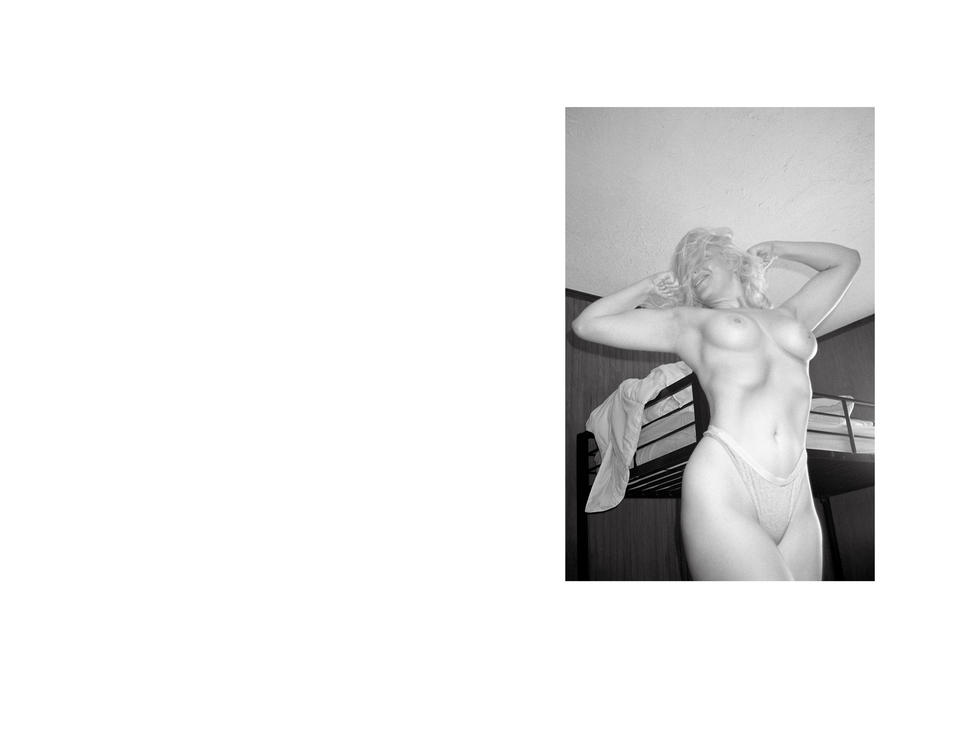Megan Christiansen
Imaging "Interracial"
ON IMAGING "INTERRACIAL"
This work is located in, influenced, and driven by pornography itself as an important entry point for thinking about racialized desire, intended to complicate the conversation beyond simply whether “interracial” porn is racist or not (it is). Looking at how the representation of sex between Black men and white women is fashioned in hardcore pornography can allow us to think about how issues of gender and race are key elements in the construction of desire and taboo in America. I don’t set out to explain the complex social, historical, and psychological constructions that undergird “interracial” pornography. I do endeavor, however, to provide some context. I am interested in exploring how racism and misogyny infiltrate and structure the pornographic media landscape – questioning how these power systems are performed, re-performed, re-articulated, and re-imagined within this circulated visual economy. As I tease out some of these critical concerns through my artmaking, I also begin placing them in dialogue with my own desires, consumption, and relationships. I often use my own body to better understand my subject matter, with the intent of building a visual structure that engages the audience in conversations about pornography that are nuanced and rooted in questioning power.
This project begins in pornography, on Pornhub specifically, in my bedroom, in the dark, while I masturbate. It comes from thinking about the kind of porn I consume, what my partners are consuming, and what we consume together as part of our sexual practice. It turns out, “interracial” pornography, a term that implicitly denotes sex between Black men and white women, is at the heart of all three – a category that “looks like” my partners and me. Before I began making this work in late 2019, I had never thought too deeply or critically about this pornographic classification -- much less about how it functions, how it affects and reflects my relationships. Since beginning this project, all I do is think about it. Currently in 2021, having made this work through a pandemic, a white supremacist insurrection, a summer of protests against anti-black violence, and the national conversations that followed — thinking critically about how I engage in and consume racialized pornographic imagery is on my mind now more than ever.
I am enthusiastically pro-porn. However, to be pro-anything does not mean to blindly consume or hold up that thing as perfect. For me, it is to look at it with care, to critique it when need be, to question it, to imagine the possibilities within and outside of it. My artmaking is rooted in experimental video installation, photography, and performance. I approach porn tube sites like Pornhub, X-videos, etc as complex cultural sites, as living consumer-driven archives deserving of intense and nuanced critical exploration through artmaking. My practice is not one of linear creation, but rather one of reaction to and digestion of pornographic material as I move through these online spaces.
I live on these sites, constantly consuming pornography, searching for something I can’t name. I tease out portions of the pornographic visual landscape and rub them up against the “real world” - a world of mainstream media, of continual stimulation, of normative sexuality, of shame, and of whiteness/anti-blackness. Reappropriating, recontextualizing, and manipulating found footage within my work has become an important tool in questioning agency and subjectivity within this space, as well as embracing the multiplicity that exists within this and many other forms of representational visual media.
This work is exploratory and experimental. In it, my perspective surrounding the ethics of my own engagement often shifts; the more I unpeel, the more I am destabilized within this pornographic space. This work lingers, it sits in the discomfort of the problematics of this subject matter, in the conversations associated with it – because to react simply to the (subjective) bodily sensations that this content provokes means to ignore the complexities it veils. As a white (ostensibly straight) female, this project is as much about sitting in feelings of ambivalence as anything else – working through feelings, material, and sensations that are often at odds with each other. Desire is messy, and like sexuality, it is not linear. In sharing my own pornographic engagement, I am asking others to engage with these illicit impulses with me. Rather than saying ‘don’t look,’ I am asking people to look in a different way.
Image
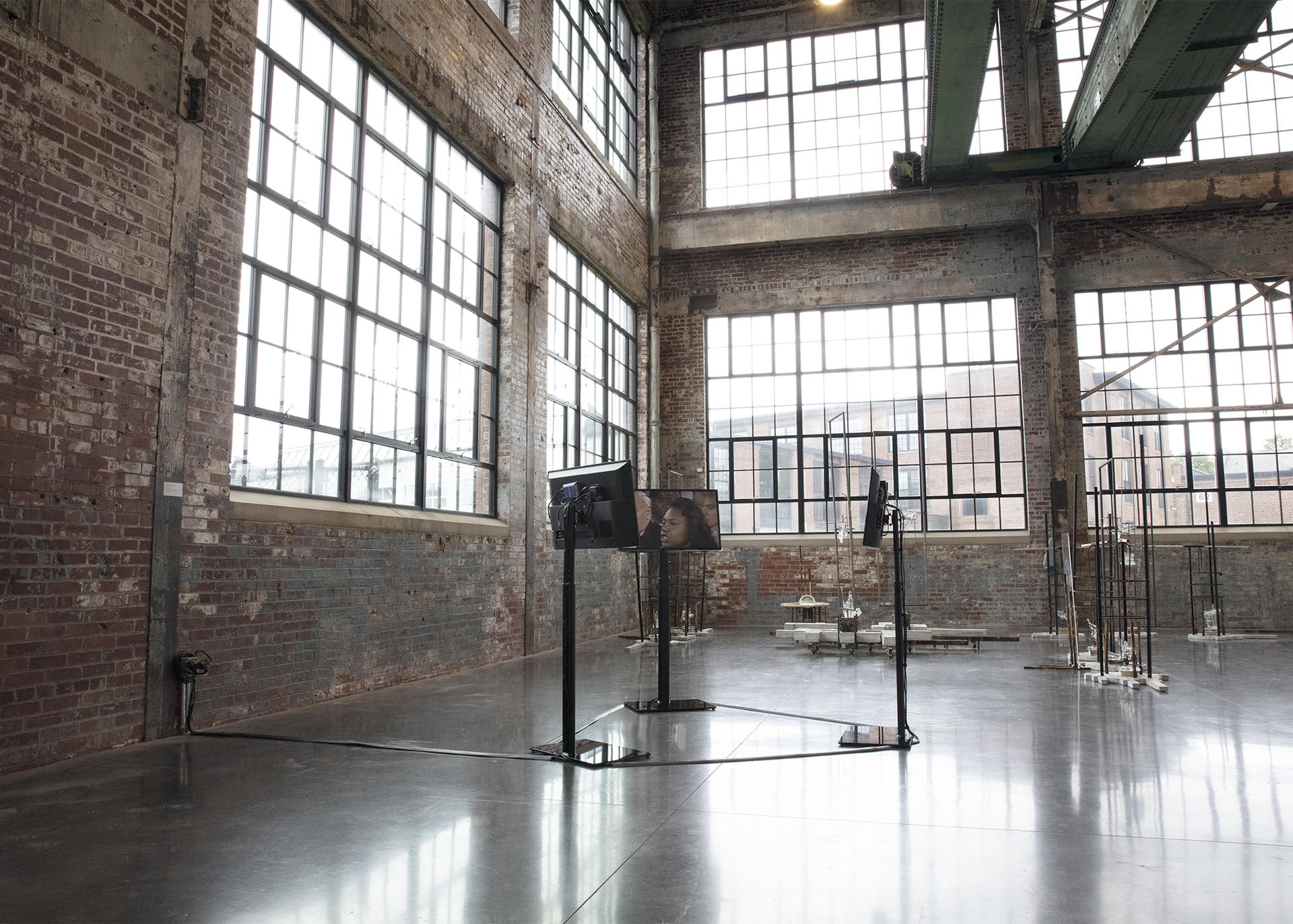
B-words
Three-channel video, three-channel audio, 32 inch LCD screens, steel, plate glass
12 minutes, 28 seconds
2021
In B-words, I use reproduction as a form of critique, engaging with the possibility of transforming these representations. It seeks to provide an opportunity to consider the racialized, gendered, and hierarchical use of language within and outside of the pornographic landscape through an exploration of the constantly contested word “bitch.”
B-words began by stumbling upon a clip on YouTube entitled Isiah Thomas on Bitches. Uploaded 13 years ago by user “newsjog,” the footage is a segment of basketball player Isiah Thomas’ deposition in the 2007 sexual harassment case brought against him by a former colleague, Anucha Browne Sanders. In this one-minute clip, which has been removed from the context of the trial, it seemed like five different conversations were happening simultaneously. A man, presumably white, asks Isiah if he thinks it is more offensive for a white or a Black man to call a woman a bitch. As a woman, I use this word all the time, often without consideration as to the complicated power, gender, and race dynamics associated with it; the question began to resonate. The pornographic and cultural texts I reproduce and place in conversation with this Isiah Thomas clip begin to push against each other, they complicate and destabilize each other; the power dynamics shift and reorganize. Thomas’s video deposition returns in fragments through the entirety of the piece, acting as chapter markers and reminding the viewer of the central provocation.
In B-words I utilize censorship - I censor the word bitch, to strip away its spectacle, amplify its context, and question if it is in fact harmless enough to allow on network television over other problematic language. There are different “frequencies” associated with the word bitch, and the multiplicities of meaning in this word are reliant on its circulation and performance. Who is speaking? Who is performing this word, and to whom?
I present simultaneous, often contradictory representations of the word bitch, not only to point to the complex nature of the word itself, but also to my own complicated and ever-changing relationship to the word as a woman. Through the making of B-Words, my use of the word 'bitch' in everyday life now comes with a consideration of its potency, one I hope my audience takes with them after viewing.
Video file
Image
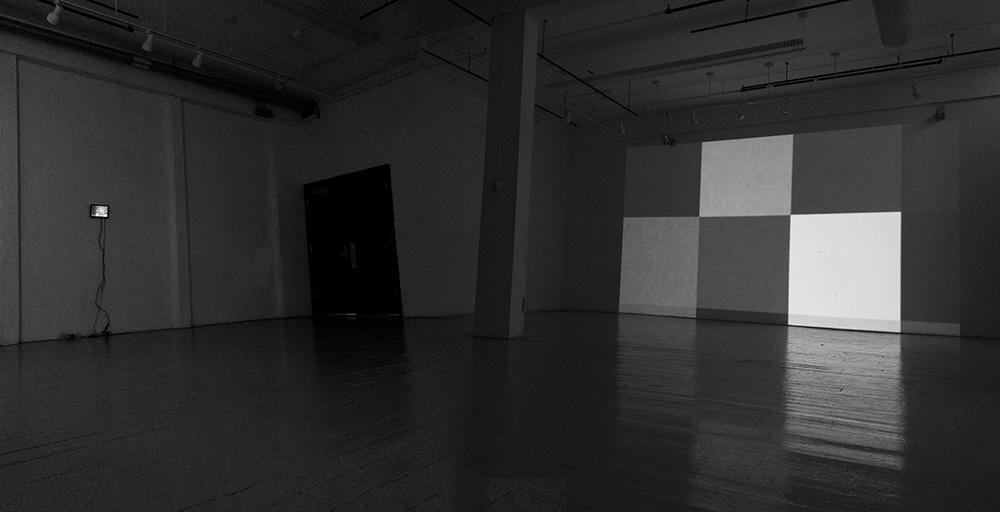
We're Not Fuckin' Anymore
Two-channel video, two-channel audio, full-wall projection, 10 inch LCD monitor
Size Varies
2021
We’re Not Fuckin’ Anymore interrogates how “interracial” pornographic content functions and how this language is translated by consumers. One of my ex-partners agreed to describe in as much detail as possible everything he was seeing in a porn scene of his choice; from the performers to the sex acts, the language to the setting. This voice-over is broadcast in the gallery, as a full-wall projection shows the scene he is watching -- magnified to the point where the performers and the sex acts become abstract, oscillating color fields, edited to mirror the breath and pace of the narrator.
This exercise explores listening as seeing. Highlighting details the narrator chooses to describe reveals his own preferences in terms of the visual stimuli, and clarifies how the visual content itself is structured. The language he chooses to engage and the priorities he makes are essential to building the audience’s understanding of the content. For instance, he identifies the white women as “Valentina” and “August” respectively, even musing about where in California he thinks one of the women is from based on her accent, however, he refers to the Black male performer as “homeboy.” This highlights the fact that the porn scene doesn’t name him (the women’s “character development” is prioritized) which flattens and dis-individuates the performer and collapses the space between the body of the performer and the voice of the narrator - both Black men. In this piece, however, it is a Black male narrator whose voice is privileged, who controls the flow of information, and shapes our experience.
In a second channel presented on a 10-inch LCD monitor at the opposite side of the space, I opened up the invitation to friends of varied gender, sexual, and racial identities to perform the same exercise. A non-binary voice narrates gay porn, a straight white woman narrates a gangbang scene, a queer Black voice narrates a “straight” threesome, and so on. This second channel is substantially longer, so that each time a viewer enters the space, they will encounter a slightly different conversation between the two channels.
The audio of the main channel is presented on high-quality speakers, enhancing the rhythm and tone of the male voice as the main guide to the work, while the audio on the second channel plays directly off the monitor, requiring the viewer to move closer to the screen to listen. This audio treatment is intended to encourage the audience to move around the entire space, their position between the two speakers changing their auditory experience of the conversation. This series of narrators is accompanied by obscured videos of myself watching along with them in the dark, zoomed in to obscure all but a small portion of my body, shifting with every new voice. Each narrator exists not just in collaboration with me and my visual performance, but also in anonymous collaboration with each other. Through this embodied practice of active listening, I hope that the audience's imagination is engaged, that they slow down and bathe in the narrator's words, that they sit with the bodily sensations that may or may not reveal themselves during their subjective experience.
Deep?! Fake?! (Self-portrait)
Archival Inkjet Print
30x40 inches each
2021
Imaging "Interracial" (Stills)
Archival Pigment Prints
Size Varies
2019-2021
Image
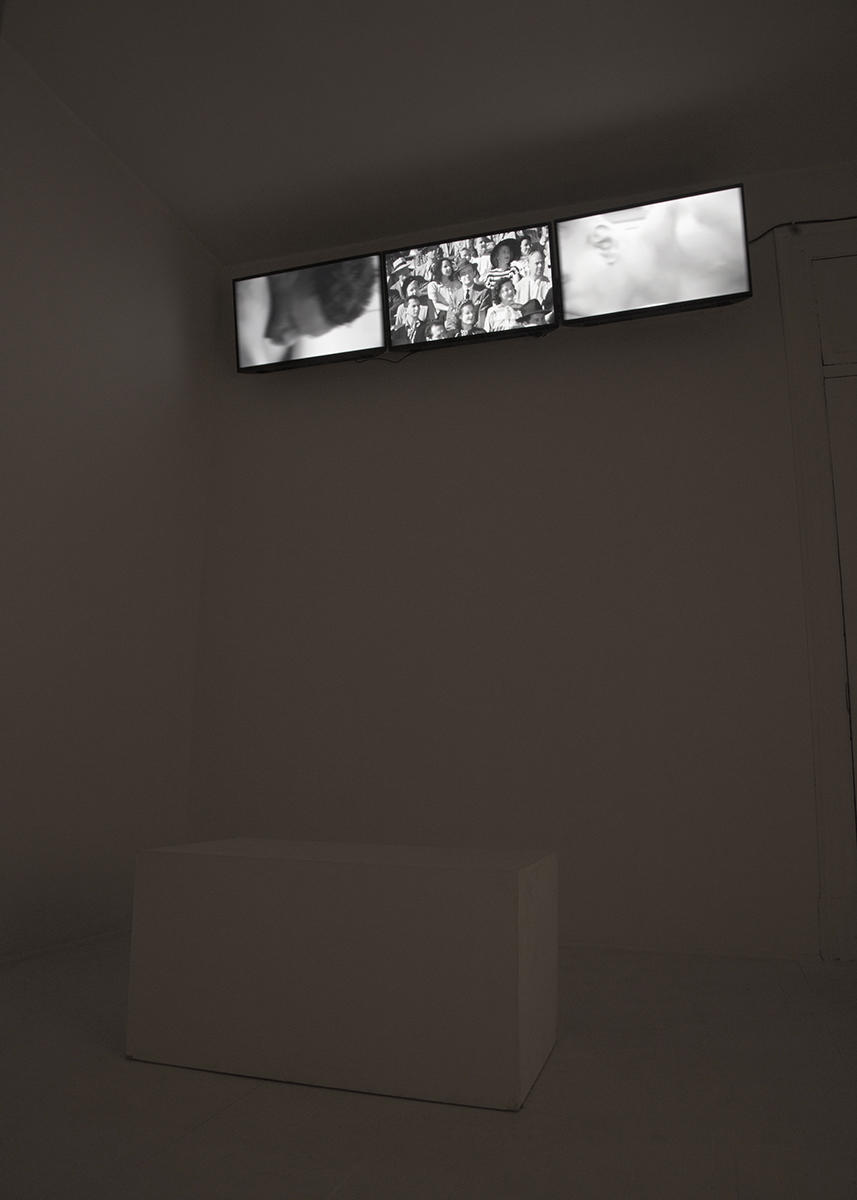
Mixed Doubles
Three-channel video, stereo audio, 32-inch LCD screens
2 mins, 40 seconds
2020
In Mixed Doubles, I explore the connection between “interracial” pornography and sports, both through spectatorship, and the hierarchical nature of labor and looking within American sports. There are clear structures that organize looking, consumption, and exhibition within these two spaces; and these structures are both gendered and racialized. The tracking and surveillance of bodies, movement, and performance is constant through the sports camera’s lens, info-graphics, social media, sports reporting, and the crowd.
Mixed Doubles is a three-channel video work presented on three 32-inch LCD television screens, installed approximately 9-feet up on the wall and tilted down to replicate the physical and aesthetic sensation of watching a game at a sports bar. The work presents alternating views of three popular Black male adult performers on the left and right screens, blurred directionally inward. A central screen shows a sports crowd whose heads move left to right which dictates the timing of the images on the left and right screens. The audio of a hollow-sounding tennis ball traveling from left to right is heard as the crowd tracks the bodies.
An ultra-close-up crop is used to refocus on the performer, denying the visual completion of the explicit sex act and focusing on the physical labor of the performers. The crop serves to emphasize that the “main event” in both sports and “interracial” pornography is a Black male body, rather than a Black male face -- which is often concealed by protective gear in sports or cropped out of the frame in heterosexual pornography. In Mixed Doubles, the cropping also refers to advertising media, appropriating visual language often used to sell desire, beauty, and whiteness to speak to the commercial commodification and consumption of the Black male body — within both porn and sports. The white female porn performers’ bodies are removed from the frame, opening the sexual imaginary up rather than coding it specifically as “interracial.”
The audience in the center channel is a performed crowd, taken from Alfred Hitchcock's 1951 film Strangers on a Train. The back-and-forth gesture of the head performed by Hitchcock's crowd is mimicked by the spectator in the gallery as they track the performer's bodies that appear and disappear. The white male protagonist in Hitchcock's crowd returns our gaze, representing a haunting power. This middle screen begins to glitch and unsync from the screens on the left and right, eventually imploding its gaze inwards, towards itself. The crowd becomes surveilers of each other as the male performers flank either side. A cycle of looking is created and disrupted within the piece, and as the spectator, we either disrupt or continue that cycle depending on how we are looking. Each audience member's subjectivity is key - their individual sexual, gender, racial, or ethnic identity shifts the meaning of the circular act of watching that is created in the space.

